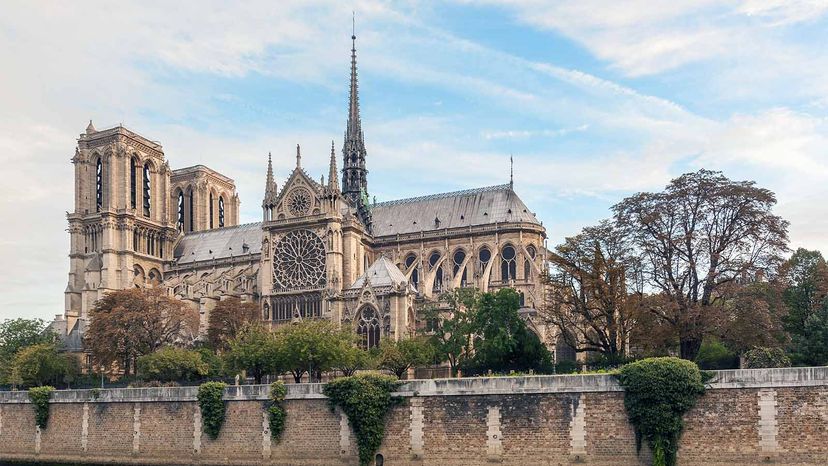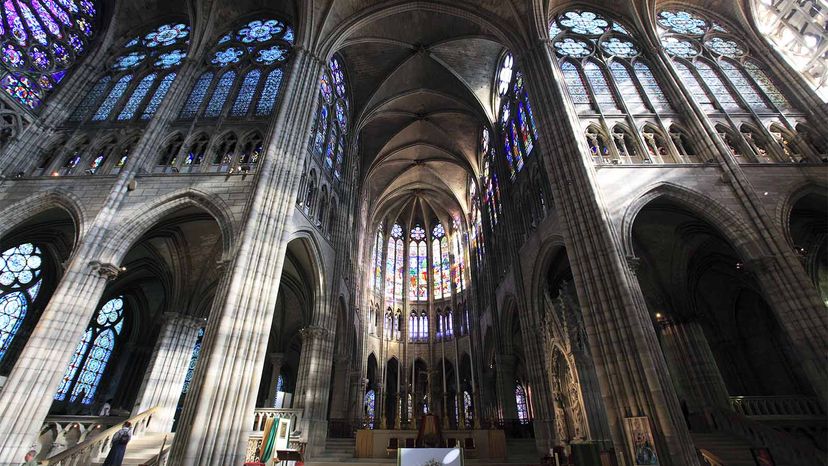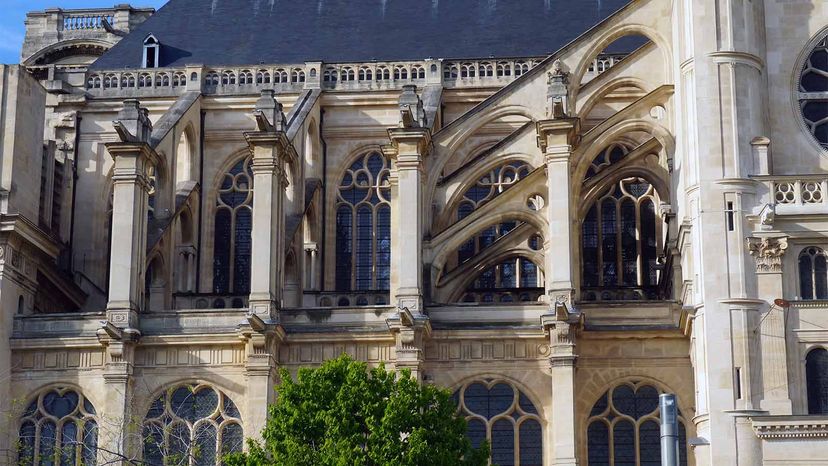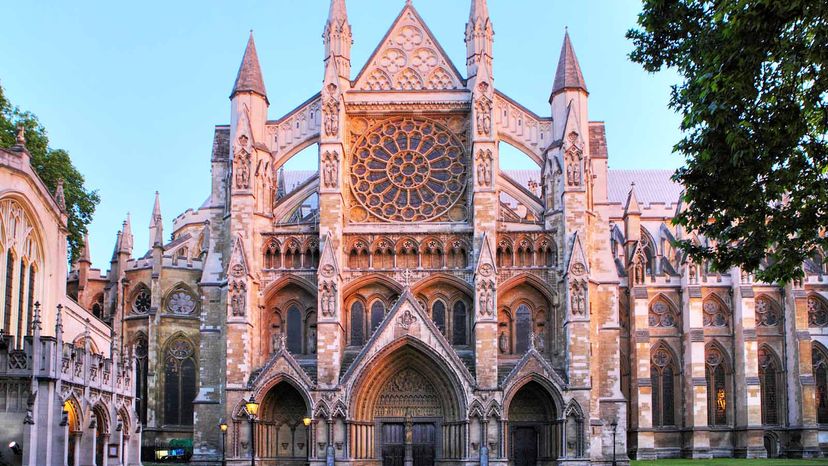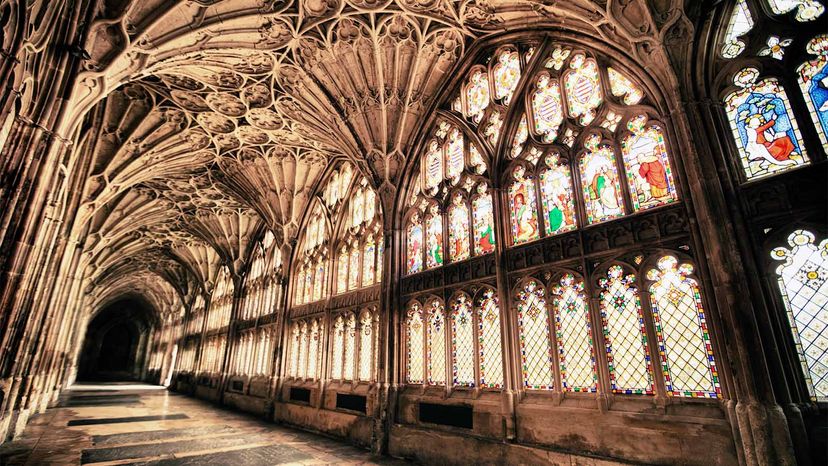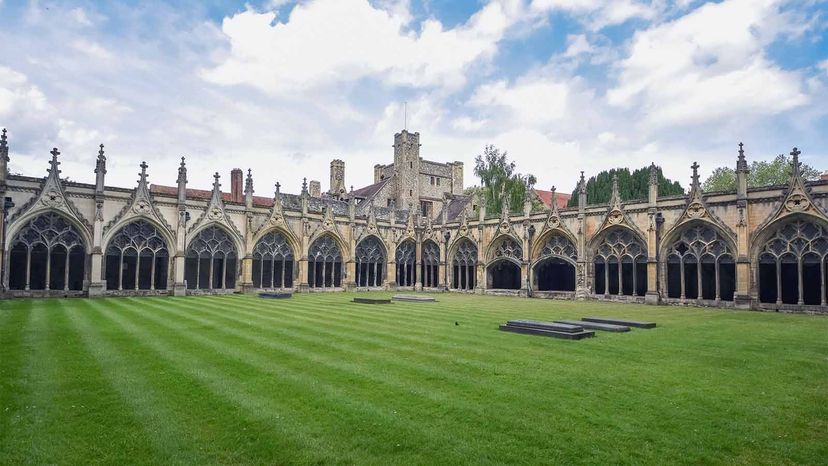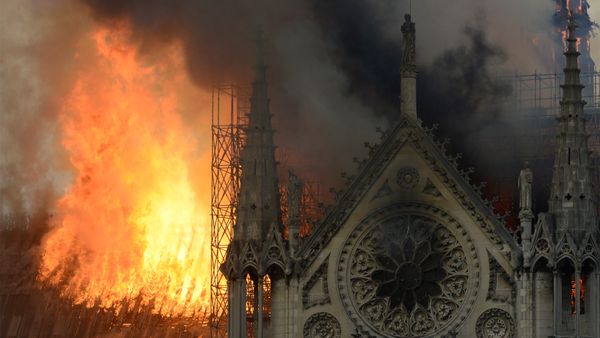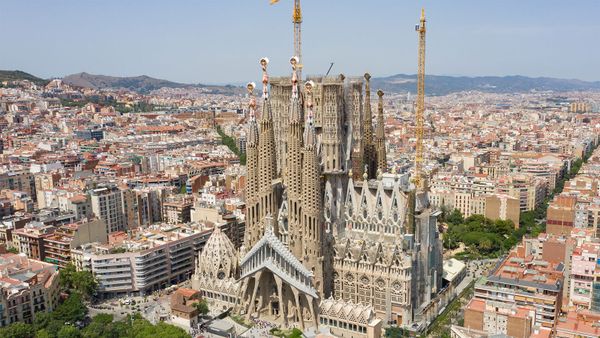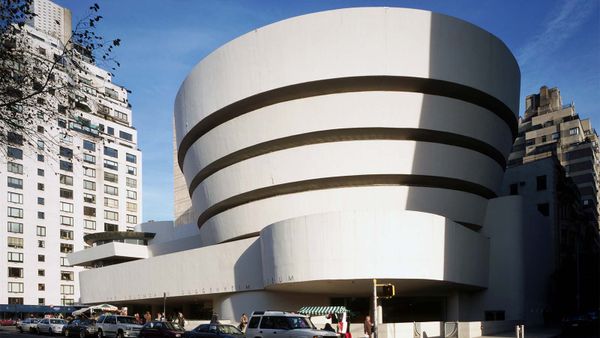The Basilica of Saint-Denis, built in 1135, is considered the first Gothic building. It evolved out of Romanesque style, which included many arches, vaulted ceilings and small stained-glass windows. Gothic architecture exaggerated these, making arches much larger and stained-glass windows more ornate, even adding detailed storylines.
"In the early Middle Ages, you had pilgrims who went to these sites on pilgrimages, and these structures needed space to accommodate crowds who often did not know how to read and write," Colberg says.
But Gothic style also abandoned the thick, solid walls of Romanesque style to make way for taller, more massive structures. To accommodate these thinner and lighter walls, Gothic-era builders used flying buttresses (more on these shortly) to support the added weight.
Gothic architecture also varied by, and was influenced by, the building location and when it was built. Many of the characteristics of Gothic architecture served multiple purposes, from adding more stability to allowing in more natural light.
"Features like high pointed or Gothic arches and flying buttresses were in buildings located mostly in Northern Europe where sunlight can be scarce, depending on location and time of year, and they are in big spaces that are hard to light with candlelight," Colberg says.
But there are five characteristics of Gothic architecture that stand out from other styles.
